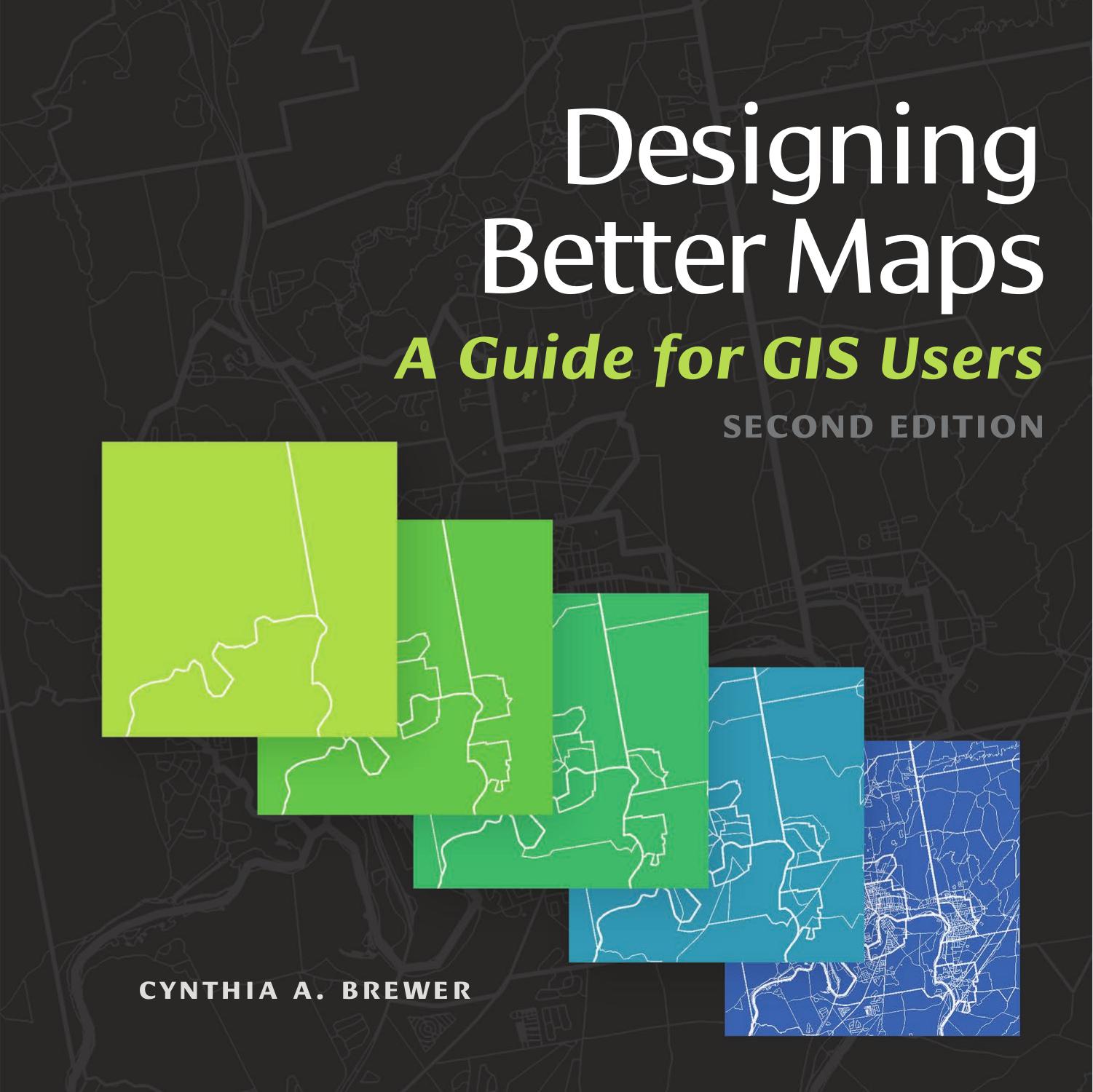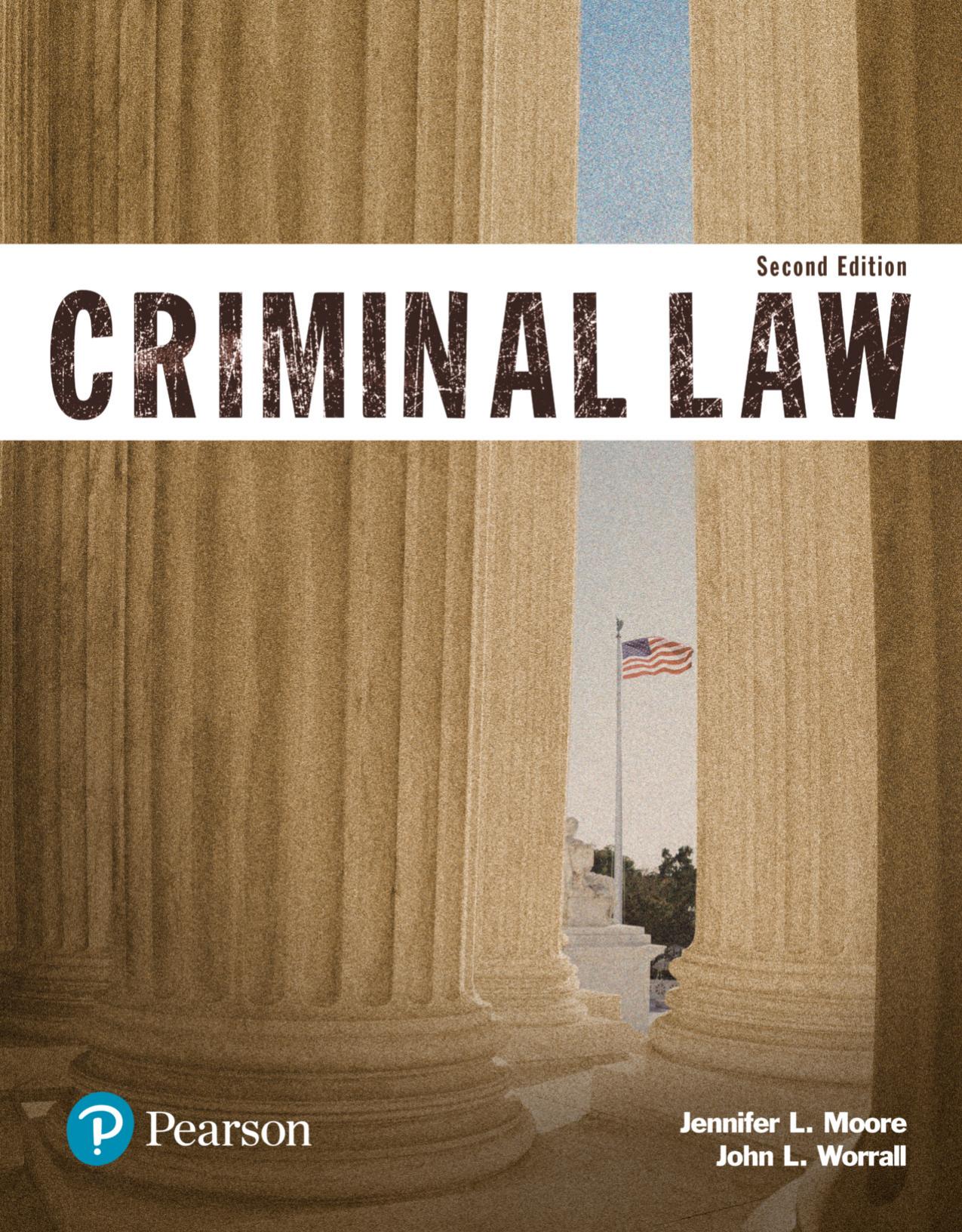Criminal Law 2nd Edition by Jennifer,John 9780134559360 0134559363
$70.00 Original price was: $70.00.$35.00Current price is: $35.00.
Instant download Criminal Law (Justice Series) (The Justice Series) after payment
Criminal Law 2nd Edition by Jennifer,John – Ebook PDF Instant Download/Delivery:9780134559360,0134559363
Full dowload Criminal Law 2nd Edition after payment
Product details:
ISBN 10: 0134559363
ISBN 13: 9780134559360
Author:Jennifer,John
This is the eBook of the printed book and may not include any media, website access codes, or print supplements that may come packaged with the bound book. For courses in Criminal Law Brief. Affordable. Visual. Criminal Law provides an affordable, thought-provoking look at criminal law that uses clear writing and eye-catching visuals to get your students straight to the important concepts. By focusing on the core concepts, students will gain true understanding of the material, without becoming overwhelmed with unnecessary information. The book’s conversation-starting pedagogy encourages active participation in learning, moving students beyond memorization by engaging them in the latest research findings and current events shaping the field. Updated throughout, the Second Edition covers all of the latest hot-button issues in criminal law and includes interesting, fresh, and controversial cases. All of the existing Court Decision boxes are expanded so that instructors can assign them as case briefs or delve deeper into the cases in the classroom. Criminal Law, Second Edition is also available via Revel™, an interactive learning environment that enables students to read, practice, and study in one continuous experience.
Criminal Law 2nd Table of contents:
Part 1 Foundations
Chapter 1 The Foundations of Criminal Law
Learning Outcomes 1 Explain basic criminal law terminology.
Key Terms
Review Questions
Learning Outcomes 2 Summarize the sources of criminal law.
Key Terms
Review Questions
Learning Outcomes 3 Discuss the process of reaching a verdict.
Key Terms
Review Questions
Learning Outcomes 4 Summarize court organization.
Key Terms
Review Questions
2 Limitations on the Criminal Law
Learning Outcomes
Restricting the Paparazzi’s First Amendment Rights?
Discussion
Government’s Law-Making Authority and General Limitations on the Criminal Law
Government’s Law-Making Authority
Separation of Powers
Federalism
General Limitations on the Criminal Law
Legality
Lenity
Equal Protection and Ex Post Facto Limitations on the Criminal Law
Equal Protection
Standards of Scrutiny in Equal Protection Cases
The Ex Post Facto Law Prohibition
Void for Vagueness and Void for Overbreadth Doctrines
Void for Vagueness
Obscenity Cases
Loitering and Vagrancy
The Void for Overbreadth Doctrine
Seditious Speech and Libel
Fighting Words and Threats to the Peace
Group Libel
Eighth Amendment Limitations on the Criminal Law
Death Penalty Cases
Sentence Length and the Eighth Amendment
The Guarantee against Double Jeopardy
When Double Jeopardy Protection Applies
The Blockburger Rule
When Double Jeopardy Protection Does Not Apply
Double Jeopardy and Sentencing
Chapter 2 Limitations on the Criminal Law
Learning Outcomes 1 Explain how the separation of powers and federalism limit the government’s law-making authority.
Key Terms
Review Questions
Learning Outcomes 2 Describe the Fourteenth Amendment’s equal protection clause and the prohibition of ex post facto laws.
Key Terms
Review Questions
Learning Outcomes 3 Summarize the void for vagueness and void for overbreadth doctrines.
Key Terms
Review Questions
Learning Outcomes 4 Describe the protections against cruel and unusual punishment.
Key Term
Review Questions
Learning Outcomes 5 Explain the guarantee against double jeopardy.
Key Terms
Review Questions
3 The Elements of Criminal Liability
Learning Outcomes
What Constitutes “Reckless” Parenting?
Discussion
Introduction to Offense Types
Conduct Crimes
Result Crimes
Actus Reus: The Criminal Act
Voluntary Act
Omission
Model Penal Code
Mens Rea and Concurrence
Traditional and Statutory Mens Rea
Common Mens Rea Terminology
Intent
Knowledge
Negligence
Recklessness
Malice
The Role of Motive
Proving Mens Rea
Model Penal Code Definitions
Strict Liability
Concurrence
Causation
Factual Causation
Legal Causation
Foreseeability
The Defendant’s Mens Rea
Apparent Safety
Substantiality of the Intervening Cause
Voluntary Victim Intervention
Ignorance and Mistake
Ignorance of the Law
Examples of Ignorance
Mistake
When Ignorance or Mistake Can Serve as a Defense
Chapter 3 The Elements of Criminal Liability
Learning Outcomes 1 Explain the difference between conduct and result crimes.
Key Terms
Review Questions
Learning Outcomes 2 Explain actus reus and what constitutes a criminal act.
Key Terms
Review Questions
Learning Outcomes 3 Explain mens rea and the concept of concurrence.
Key Terms
Review Questions
Learning Outcomes 4 Explain the difference between factual cause and legal cause.
Key Terms
Review Question
Learning Outcomes 5 Distinguish between ignorance of the law and mistake.
Key Terms
Review Questions
Part 2 Defenses to Criminal Liability
4 Justification Defenses
Learning Outcomes
The Michael Brown Shooting
Discussion
Justification Defenses in Context
Overview of Defenses
Failure of Proof
Justification
Excuse
Offense Modifications
Nonexculpatory Defenses
Perfect and Imperfect Defenses
Self-Defense and Defense of Others
Elements of Self-Defense
Unprovoked Attack
Imminent Danger
Absence of Alternatives
Proportionality
Self-Defense Complications
The “Castle Doctrine”
Battered Woman Syndrome
Defense of Others
Defense of Property and Habitation
Defense of Property
Threatening Deadly Force
Defense of Habitation
“Make My Day” Laws
Spring Guns and Booby Traps
Law Enforcement
Nondeadly Force
Deadly Force
Present Dangerousness
Past Dangerousness
Federal Policy
Necessity and Consent
Necessity
Necessity and Homicide
Consent
Chapter 4 Justification Defenses
Learning Outcomes 1 Distinguish between several types of defenses, including perfect and imperfect defenses.
Key Terms
Review Questions
Learning Outcomes 2 Contrast self-defense and defense of others.
Key Terms
Review Questions
Learning Outcomes 3 Distinguish between defense of habitation and defense of property.
Key Term
Review Questions
Learning Outcomes 4 Explain the law enforcement defense.
Key Term
Review Questions
Learning Outcomes 5 Distinguish between necessity and consent.
Key Terms
Review Questions
5 Excuse Defenses
Learning Outcomes
“The Joker’s” Insanity Defense Fails
Discussion
Introduction to Excuse Defenses
Reasons for Excuse Defenses
Duress
Duress versus Necessity
Elements of the Defense
Duress and Homicide
Intoxication
Voluntary Intoxication
Involuntary Intoxication
Entrapment
Nature of the Defense
Age
Treating Juveniles as Adults
Legislative Exclusion
Waiver
Concurrent Jurisdiction
Insanity
Competency to Stand Trial versus the Insanity Defense
Insanity versus Diminished Capacity
Insanity Tests
The M’Naghten Test
The “Irresistible Impulse” Test
The Model Penal Code Test
The Product Test
The Federal Test
The Real Effect of a Successful Insanity Defense
Guilty but Mentally Ill
Creative Excuses
Excuses Based on Physiology
Excuses Based on Psychology
Sociological Excuses
Chapter 5 Excuse Defenses
Learning Outcomes 1 Identify three reasons why the criminal law allows excuse defenses.
Review Questions
Learning Outcomes 2 Discuss the requirements for a successful duress defense.
Key Term
Review Questions
Learning Outcomes 3 Describe the intoxication defense.
Key Term
Review Questions
Learning Outcomes 4 Summarize what constitutes entrapment.
Key Term
Review Questions
Learning Outcomes 5 Discuss how age serves to excuse criminal conduct.
Key Terms
Review Questions
Learning Outcomes 6 Describe the insanity defense and the controversy surrounding it.
Key Terms
Review Questions
Learning Outcomes 7 Illustrate the differences between physiological, psychological, and sociological excuse defenses with examples.
Key Terms
Review Questions
Part 3 Multiple Offenders and Inchoate Crimes
6 Complicity and Vicarious Liability
Learning Outcomes
Four Accomplices and a Murder
Discussion
Introduction to Accomplice Liability
Parties to a Crime Today
The Elements of Complicity
Accomplice Actus Reus
Physical Conduct
Psychological Influence
Omission
Accomplice Mens Rea
Accessory Actus Reus
Accessory Mens Rea
Complicity Limitations and Defenses
Nonproxyable Offenses
Abandonment
Immunity from Conviction
Vicarious Liability
Corporate Vicarious Liability
Individual Vicarious Liability
Parental Liability for a Child’s Behavior
Principal–Agent Liability
Chapter 6 Complicity and Vicarious Liability
Learning Outcomes 1 Identify the parties to crime today.
Key Terms
Review Questions
Learning Outcomes 2 Explain the elements of complicity and accessorial liability.
Key Term
Review Questions
Learning Outcomes 3 Discuss complicity limitations and defenses.
Key Term
Review Questions
Learning Outcomes 4 Summarize the concept of vicarious liability.
Key Terms
Review Questions
7 Inchoate Crimes
Learning Outcomes
Solicitation or Free Speech?
Discussion
Introduction to Inchoate Crimes: Attempt
Attempt
The Relationship of Attempt to the Substantive Offense
The Mens Rea of Attempt
The Actus Reus of Attempt
The “Last Act” Test
The “Physical Proximity” Test
The “Dangerous Proximity” Test
The “Indispensable Element” Test
The “Probable Desistance” Test
The “Unequivocality” Test
The Model Penal Code “Substantial Step” Test
Defenses to Attempt
Impossibility
Abandonment
Conspiracy
Distinguishing Complicity from Conspiracy
Advantages of Conspiracy Laws
The Mens Rea of Conspiracy
Attendant Circumstances
The “Corrupt Motives” Doctrine
The Actus Reus of Conspiracy
The Agreement
The Overt Act
Conspiracy Complications
Types of Conspiracies
The Length of the Agreement
The Purpose of the Conspiracy
Conspiracy Defenses
Abandonment
Withdrawal
Impossibility
Wharton’s Rule
Solicitation
Elements of Solicitation
Distinguishing Solicitation from Other Crimes
Solicitation under the Model Penal Code
Chapter 7 Inchoate Crimes
Learning Outcomes 1 Explain the concept of inchoate crimes, including what constitutes attempt.
Key Terms
Review Questions
Learning Outcomes 2 Identify the elements and defenses to conspiracy.
Key Terms
Review Questions
Learning Outcomes 3 Distinguish solicitation from other inchoate crimes.
Key Term
Review Questions
Part 4 Crimes against Persons
8 Homicide
Learning Outcomes
When Love and Murder Mix
Discussion
Introduction to Homicide
Homicide Defined
What Is a “Human Being”?
The Beginning of Life
The End of Life
Distinguishing Criminal from Noncriminal Homicide
The Elements of Homicide
Murder
First-Degree Murder
Second-Degree Murder
Manslaughter
Voluntary Manslaughter
Involuntary Manslaughter
Homicide under the Model Penal Code
Issues and Complications for Homicide
Felony Murder
Felony Murder Limitations
Mercy Killings
Physician-Assisted Suicide
Euthanasia
Corporation Murder
Chapter 8 Homicide
Learning Outcomes 1 Explain homicide, including the difference between criminal and noncriminal homicide.
Key Terms
Review Questions
Learning Outcomes 2 Distinguish between the types of murder and manslaughter.
Key Terms
Review Questions
Learning Outcomes 3 Explain felony murder, mercy killings, and corporation murder.
Key Terms
Review Questions
9 Assaultive Offenses
Learning Outcomes
General David Petraeus scandal
Discussion
Rape and Sexual Assault
Comparing Rape and Sexual Assault
Sexual Assault
Elements of Rape
The Mens Rea of Rape
The Actus Reus of Rape
Proving Rape
The Disappearing Corroboration Requirement
Rape Shield Laws
Robbery
Elements of Robbery
The Actus Reus of Robbery
The Mens Rea of Robbery
Armed Robbery
Assault and Battery
Battery
Battery Classifications
Battery without Assault
Assault
Elements of Assault
Levels of Assault
Other Assaultive Offenses
Kidnapping
False Imprisonment
Carjacking
Domestic Offenses
Harassment and Stalking
Chapter 9 Assaultive Offenses
Learning Outcomes 1 Distinguish between rape and sexual assault.
Key Terms
Review Questions
Learning Outcomes 2 Identify the elements of robbery.
Key Term
Review Questions
Learning Outcomes 3 Describe the crimes of assault and battery.
Key Terms
Review Questions
Learning Outcomes 4 Identify other assaultive offenses.
Key Terms
Review Questions
Part 5 Crimes against Property
10 Property Damage and Invasion
Learning Outcomes
Illegal Immigration as Trespassing
Discussion
Property Damage
Arson
Arson at Common Law
Modern-Day Arson
Elements of Arson
Degrees of Arson
Criminal Mischief
Elements of Criminal Mischief
Criminal Mischief without Damage
Vandalism
Property Invasion
Trespassing
Elements of Trespassing
Burglary
Common Law Burglary
Burglary Today
Unlawful Entry
Degrees of Burglary
Property Damage and Invasion with Computers
Cybercrime
The Jurisdiction Problem
Federal Law
Property Invasion with Computers
Property Damage with Computers
Cyberterrorism
Chapter 10 Property Damage and Invasion
Learning Outcomes 1 Identify crimes that cause property damage.
Key Terms
Review Questions
Learning Outcomes 2 Distinguish between property invasion offenses.
Key Terms
Review Questions
Learning Outcomes 3 Explain how property damage and invasion can be accomplished via computers.
Key Terms
Review Questions
11 Theft and Analogous Offenses
Learning Outcomes
A Picture of Hope
Discussion
Larceny
Actus Reus of Larceny
Trespass
Taking
Carrying Away (Asportation)
Personal Property of Another
Mens Rea of Larceny
Larceny Issues and Complications
Concurrence
Finders, Keepers
Claim of Right
Unwilling Sale
Stealing Stolen or Illegal Property
Receiving Stolen Property, Extortion, and Embezzlement
Receiving Stolen Property
Extortion
Embezzlement
Distinguishing between Embezzlement and Larceny
False Pretenses, Forgery and Uttering, and Emerging Theft Offenses
False Pretenses
Elements of False Pretenses
Forgery and Uttering
Elements of Forgery and Uttering
Identity Theft
Theft of Intellectual Property
Consolidation of Theft Offenses
Chapter 11 Theft and Analogous Offenses
Learning Outcomes 1 Identify the elements of larceny.
Key Terms
Review Questions
Learning Outcomes 2 Distinguish receiving stolen property, extortion, and embezzlement.
Key Terms
Review Questions
Learning Outcomes 3 Distinguish false pretenses, forgery, uttering, and emerging theft offenses.
Key Terms
Review Questions
Part 6 Other Crimes
12 Public Order, Morality, and Vice Crimes
Learning Outcomes
The Criminalization of Sodomy
Discussion
Group Criminality and Offenses against Public Order
Group Criminality
Riot
Unlawful Assembly
Gang Activity
Offenses against Public Order
Resisting Arrest
Disorderly Conduct
Breach of Peace
Vagrancy, Loitering, and Panhandling
Vice Crimes and Drug Offenses
Prostitution
Gambling
Pornography and Obscenity
Definitions
Child Pornography
Obscenity on the Internet
Sexting
Alcohol Offenses
Driving under the Influence
Consumption/Possession by Minors
Public Intoxication
Drug Offenses
State Drug Laws
Crimes against Decency and/or Morality
Legislating Morality throughout History
Incest
Indecent Exposure and Voyeurism
Bigamy and Polygamy
Profanity
Chapter 12 Public Order, Morality, and Vice Crimes
Learning Outcomes 1 Describe group criminality and offenses against public order.
Key Terms
Review Questions
Learning Outcomes 2 Summarize vice crimes and drug offenses.
Key Terms
Review Questions
Learning Outcomes 3 Describe crimes against decency and/or morality.
Key Terms
Review Questions
13 Terrorism and Offenses against the State
Learning Outcomes
Terror in San Bernardino
Discussion
Terrorism
Defining Terrorism
Types of Terrorism
Other Forms of Terrorism
Controlling Terrorism
The USA PATRIOT Act
The USA FREEDOM Act
Other Terrorism Legislation
Other Offenses against the State
Treason
Sedition
Espionage
Sabotage
Criminal Syndicalism
Using Traditional Criminal Offenses to Target Offenses against the State
Refusal to Testify before Congress
Trespass
Disorderly Conduct
Threatening the President
Conspiracy and Related Offenses
Chapter 13 Terrorism and Offenses against the State
Learning Outcomes 1 Explain how the criminal law controls terrorism.
Key Terms
Review Questions
Learning Outcomes 2 Distinguish between treason, sedition, espionage, sabotage, criminal syndicalism, and other offenses against the state.
Key Terms
Review Questions
References
People also search for Criminal Law 2nd :
nys penal law criminal contempt 2nd degree
criminal law in malaysia and singapore 2nd edition
criminal law llb 2nd year
nys penal law criminal mischief 2nd
two examples of criminal law



